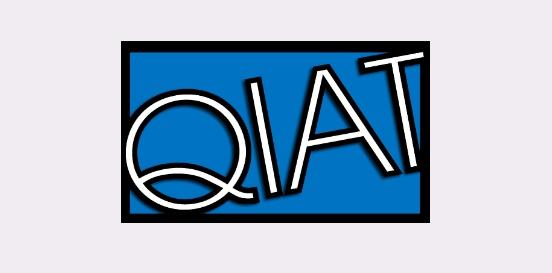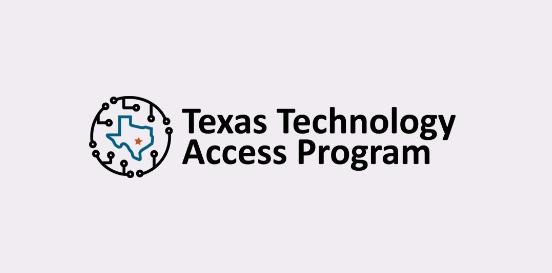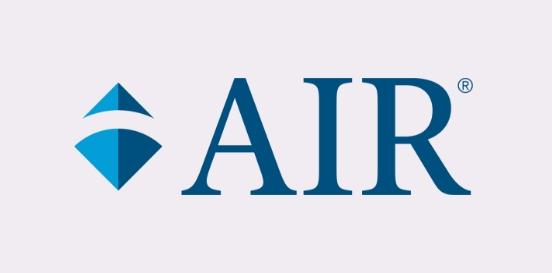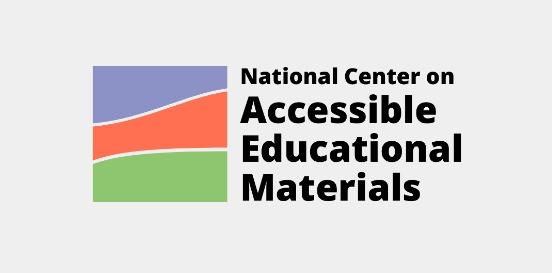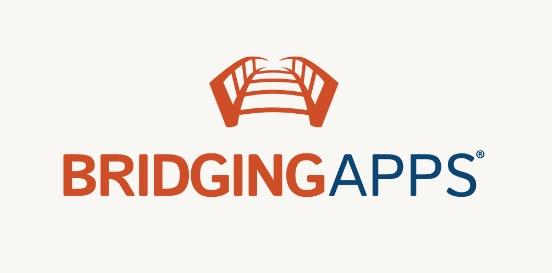Electronic Books (e-book)
Electronic text spoken out loud by a computer, tablet, or smartphone. Often the original is in XHTML so that requisite software or devices can produce the text in the format needed by the student, such as braille, text-to-speech (TTS), auditory, etc.
Considerations
Take the following considerations into account when selecting and implementing AT to ensure that the chosen tools are well-suited to the student’s needs, align with their goals, and seamlessly integrate into their educational journey. By embracing a collaborative approach and considering the specific skills, tasks, and implementation context, educators can provide students with the necessary support to thrive academically and functionally, promoting inclusivity and fostering their overall success.
Skills and Tasks What skills or tasks will the student utilize this tool for? What areas, functional or academic, does this tool support?
Reading
Implementation Context In what activities, classes, or environments will the student utilize this tool?
An electronic book (e-book) can serve as a powerful assistive technology tool for students in various ways:
- Text-to-speech (TTS) functionality: Many e-book readers offer TTS capabilities, allowing students to listen to the content instead of or alongside reading. This feature can assist students with visual impairments or learning disabilities such as dyslexia.
- Adjustable font size and style: E-books typically allow users to customize the font size, style, and spacing according to their preferences. This flexibility is beneficial for students with visual impairments or those who find it easier to read with specific font styles.
- Highlighting and note-taking: E-books often provide tools for highlighting text and taking notes directly within the book. Students can use these features to annotate important information, which can be particularly helpful for students with learning disabilities or those who benefit from active reading strategies.
- Search functionality: E-books usually come with search functionality, allowing students to quickly locate specific information within the text. This feature can be advantageous for students with cognitive disabilities or those who struggle with information retrieval.
- Portability and accessibility: E-books can be accessed on various devices such as tablets, smartphones, or e-readers, making them highly portable. This accessibility enables students to carry their entire library with them, facilitating learning anytime and anywhere.
- Integration with assistive technologies: E-books can be integrated with other assistive technologies, such as screen readers or speech recognition software, to further enhance accessibility for students with disabilities.
- Interactive multimedia features: Some e-books incorporate multimedia elements such as videos, audio clips, or interactive quizzes. These features can engage students with different learning styles and preferences, enhancing their understanding and retention of the material.



